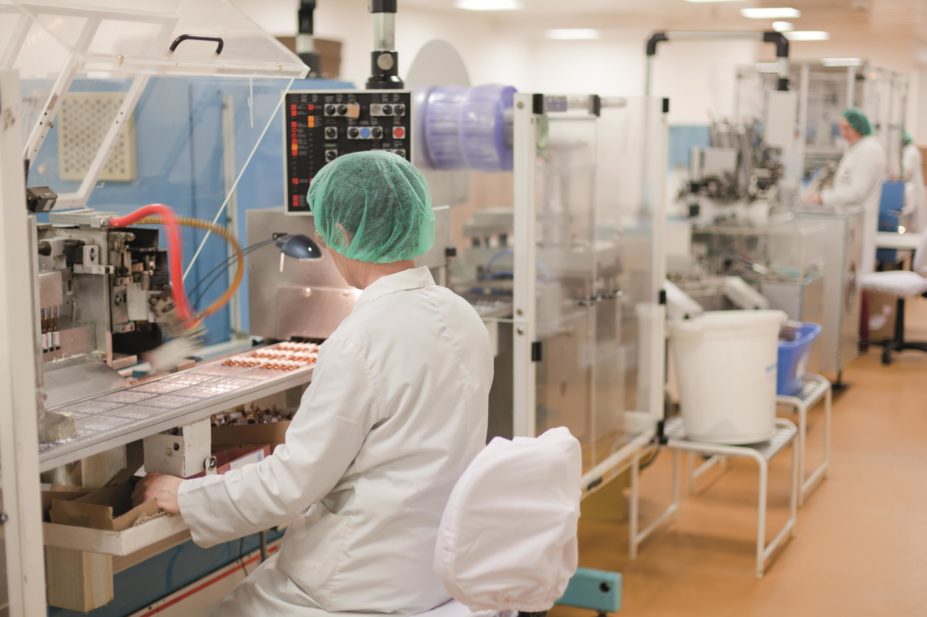
Shutterstock.com
“There is a perception, which in many cases is still very true, that the antibiotic pipeline has run completely dry and that there is nothing left. Fortunately, the case is not that severe, ” said Doug Fish, from the Skaggs School of Pharmacy and Pharmaceutical Science, University of Colorado at the 74th International Pharmaceutical Federation Congress in Bangkok on 2 September 2014.
Fish was one of several speakers addressing the conference during a session entitled ‘The Challenges of Unmet Needs: Drug Discovery’. Antibiotics are unusual from a research and development perspective, he pointed out. Unlike many other drugs, they lose their efficacy over time, have to be continually replaced and used sparingly to prolong their efficacy, and may only be used once in a patient’s lifetime, as a short course, to cure an infection. These factors, combined with the enormous cost of bringing a drug to market (totalling US$2bn in 2010), regulatory uncertainties and the difficulty in identifying novel targets, make antibiotics not as profitable as other classes and thus unattractive for investors.
Despite these obstacles, there are currently at least 39 new antibacterial drugs in clinical development, 25 of which are in phase II or phase III clinical trials. In addition, three new antibiotics have been approved in the US since May 2014. However, although there is a great deal of activity, there is little creativity in drug development, Fish observed. Many of the new anti-infectives have the same mechanism of action as approved antibiotics. In addition, they are not targeting areas of unmet need, such as the urgent requirement for novel antimicrobial agents to address the global and expanding problem of antibiotic resistance. Fish concluded that, although the antibiotic pipeline has regained activity, novel drugs are still lacking. Political and regulatory initiatives, as well as innovative partnerships to stimulate antibiotic R&D, are being put in place, but these will take time to bear fruit. In the meantime, the prudent use of available antibiotics will remain key.
